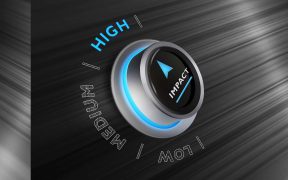Tag: Network Design
Why 3D Network Design Is More Than Cool
March 30, 2017
One of the features that always catches people’s eye when they see our software is the incredible 3D modeling that comes with it. Not sure what I mean? Here is the view from the inside of a 3D subway station model done in iBwave Design As you can see, the iBwave 3D-ness is pretty impressive. We […]
chat_bubble0 Comment
visibility3639 Views

Collaborating On Network Design Projects with the iBwave Cloud
March 22, 2017
Ever been frustrated trying to share files with someone working on the same wireless network design project as you? Or ever found that even once you get the files, information is missing or incorrect? Ever made this face trying to collaborate with someone on a project? You’re not alone. One of the most powerful features […]
chat_bubble0 Comment
visibility2643 Views

